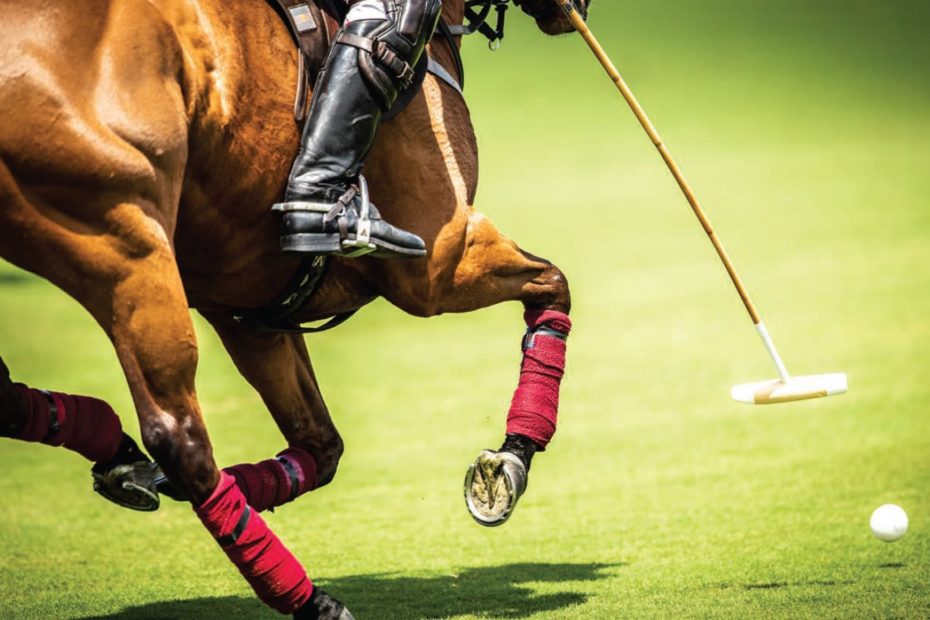A BEHIND-THE-SCENES LOOK AT THE HORSE MASTER’S DUTIES AND THE PROCESS FOR SELECTING THE POOLED HORSES.
During the FIP World Polo Championship, the selection of horses was as special as this global event. Each team was provided with a hand-selected number of horses that were rated based on several factors. The rating was conducted by an official “Horse Master,” a professional who tested each horse and determined how to divide the horses equally among all the teams. Upon arrival to the tournament is the first time each player and each team met their equine athletes.
As spectators marvel at the way polo players balance dynamic variables during each chukker, they are also witnessing the delicate behind-the-scenes dance of the XIl Federation of International Polo (FIP) World Polo Championship Horse Master.
As the hosting organization, the United States Polo Association (USPA) had the responsibility of providing the horses and working with FIP to select a trained Horse Master. The Horse Master grades the horses that are drawn among the eight competing teams. For the FIP World Polo Championship, that meant trying and grading over 180 polo ponies.
For this task, the Horse Master employed a team of assistants (called stewards), who assist the teams when they receive their horses. Here’s the breakdown for the pony pool:
- During the first stage, each team received 22 horses for the four chukker games. Once the horses are assigned, no horse can be added to the pool or traded for another horse without approval.
- Each of the semifinalists receive 10 to 12 horses from the teams that did not qualify. The Horse Master prepares the new list of the four sets of horses to be drawn between the qualified teams.
- The teams draw by lottery for their pool of ponies up to six days before the first championship game. Teams must manage their games with the pool of ponies that they have drawn.
- The semifinals and finals are five chukker games.
MAKING THE GRADE
According to tournament rules, horses are graded A, B, and C. A description of each horse is prepared that includes the owner’s information, the handicap of tournaments that it normally plays, and the position of the player in the team. The ponies are divided into pools of equal number and quality for each team. The horse descriptions are then provided to the teams after the draw. The players have two days to try and practice them before the championship games begin.
PONY POOL
Pooled ponies are utilized in the FIP World Polo Championship for financial and logistical reasons, and the system ensures “all teams are in equal condition to compete with regards to the horses,” according to FIP. Here are some of the requirements for the ponies:
- All ponies are approved by FIP.
- All ponies must be sound, reliable, fit for competition, and trained to the standard of 14-goal polo.
- Each team must have a minimum of one pony per player per chukker, with one spare pony per player.
- Strict procedures have been established to ensure there can be no switching of ponies into or out of the pools.
- The umpire will divide the chukker in half, and no horse will be allowed to play in more than two half chukkers per game, not including an extra chukker.
- A horse that has started a chukker has used its 3-and-a-half minutes if it is changed before the end of the half chukker, except if the change occurred because of tack approved by the umpires.
- No horse may be played in consecutive half chukkers.
